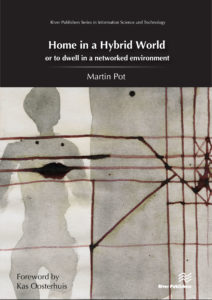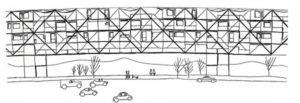After 2 years of research and writing my book is (almost) ready for publication and its envisioned broad discussion. Yet to come is a language check as well as some editorial work; so far many, many thanks to all who contributed, participated, reviewed and reacted; first of all to Antony Gormley for the use of one of his works on the cover. Most probably its contents will be discussed at the coming ‘Stadsmakers Congres’ on November 6th. 2020 on a variety of locations in Rotterdam, organized by AIR.
For more information, see the publishers website


